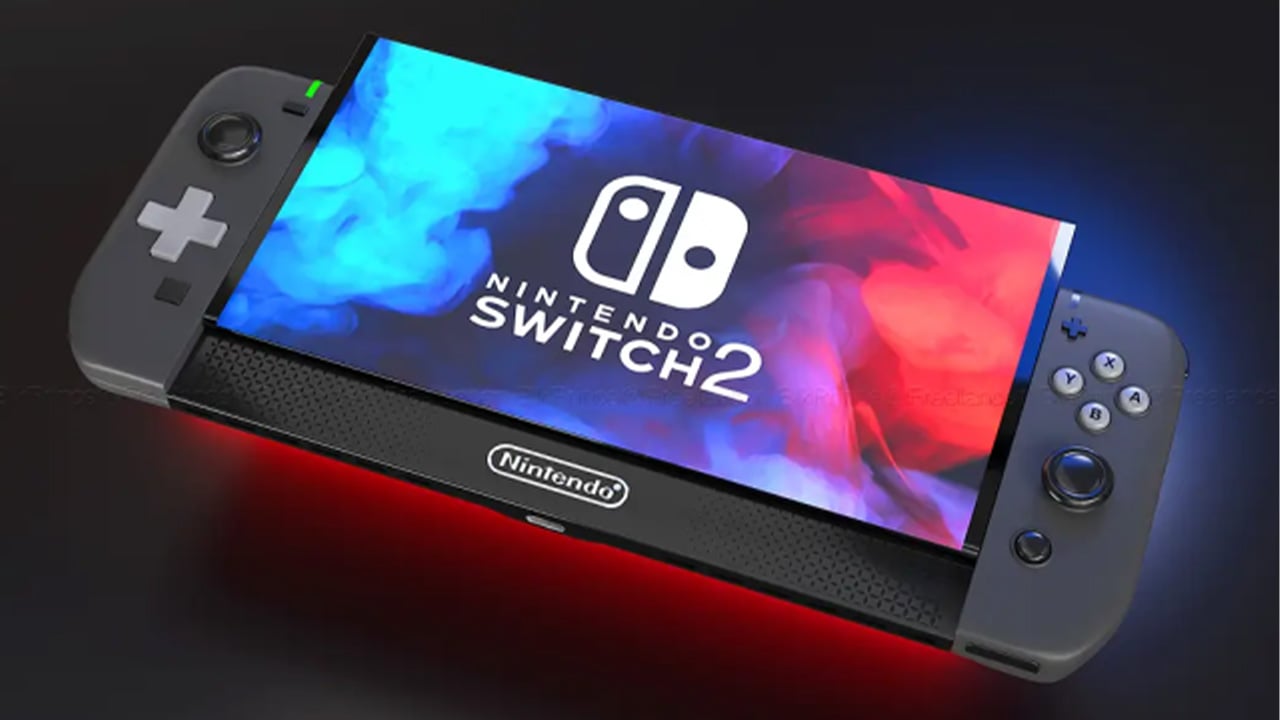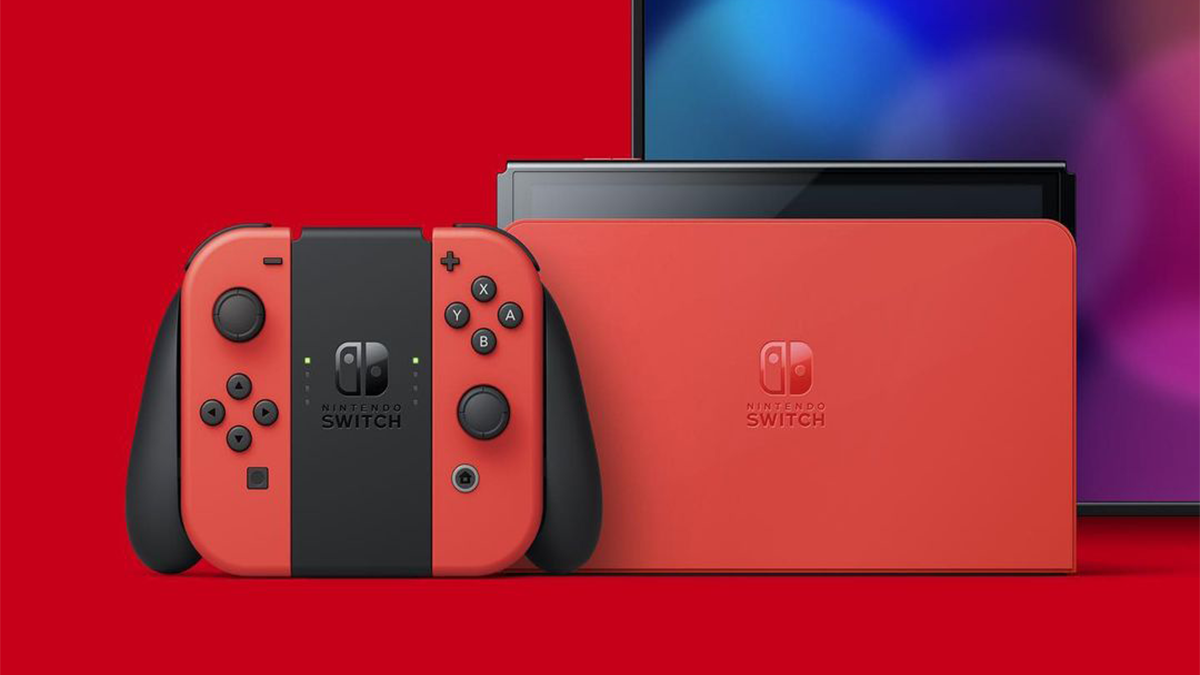Nintendo Switch 2: A 2025 Launch?: Nintendo Switch 2 To Be Released In 2025
Nintendo Switch 2 to be released in 2025 – The whispers surrounding a new Nintendo console, tentatively dubbed the Nintendo Switch 2, are growing louder. A 2025 release window is frequently speculated, sparking discussions about its potential features, market impact, and overall success. This analysis delves into various aspects of a hypothetical 2025 launch, examining release date probabilities, technological advancements, software support, pricing strategies, and the overall impact on the gaming industry.
Release Date Speculation and Market Analysis, Nintendo Switch 2 to be released in 2025
Predicting the Nintendo Switch 2’s release requires examining Nintendo’s historical console release cycles. The original Nintendo Switch launched in 2017, suggesting a potential 7-8 year lifecycle, aligning with a 2025 release. However, market factors such as competitor releases (PlayStation 6, potential Xbox Series X successor) and global chip shortages could influence Nintendo’s decision. A delayed launch is possible, especially if securing sufficient components proves challenging. A hypothetical marketing campaign would center around highlighting the technological leap, emphasizing enhanced graphical fidelity, improved performance, and new gameplay features appealing to both existing Switch owners and new gamers. The target audience would encompass both core Nintendo fans and a broader gaming audience attracted by innovative gameplay.
| Feature | Nintendo Switch | Projected Nintendo Switch 2 |
|---|---|---|
| Processor | Nvidia Custom Tegra X1 | Potentially an improved Nvidia custom chip or AMD-based solution, offering significantly higher performance. |
| Display Resolution | 720p handheld, 1080p docked | Potentially 1080p handheld, 4K docked, with improved screen technology (OLED or Mini-LED). |
| RAM | 4GB | 8GB or more, enabling more demanding games and smoother performance. |
| Battery Life | Variable, typically 2-9 hours | Significantly improved battery life, potentially exceeding 10 hours. |
Technological Advancements and Features

Technological upgrades are expected to be significant. A more powerful processor is almost certain, leading to improved graphics, faster loading times, and the ability to run more demanding games. Backward compatibility with existing Switch games is highly probable, ensuring a large library of games at launch. Enhanced online services, including improved stability and features, are also anticipated. New controller features, such as haptic feedback improvements or additional input options, could also be included. The enhanced hardware could facilitate innovative game design, enabling richer, more detailed worlds and more complex gameplay mechanics.
Game Library and Software Support
Potential launch titles could include highly anticipated sequels to existing franchises like *The Legend of Zelda*, *Metroid*, and *Mario*. These would drive initial sales significantly. Games leveraging the enhanced graphical capabilities and processing power, such as open-world adventures and realistic simulations, would thrive on the new hardware. Existing Switch franchises could receive upgraded versions, featuring enhanced visuals, improved performance, and potentially new content. A hypothetical launch title, *Legend of Zelda: Tears of the Kingdom 2*, could showcase the new console’s capabilities with an even larger, more detailed Hyrule, enhanced graphical fidelity, and improved performance.
Pricing and Sales Projections
A reasonable price point for the Nintendo Switch 2 would likely fall between $300 and $400 USD, considering its anticipated features and competition. First-year sales projections could range from 15 to 25 million units, depending on factors such as price, launch titles, and overall market conditions. A higher price point might reduce initial sales but could increase overall profitability. A lower price point could increase market penetration but decrease profit margins. Projected sales growth over five years would depend on sustained software support, marketing efforts, and the overall reception of the console.
| Year | Projected Sales (Millions) | Contributing Factors |
|---|---|---|
| 2025 | 20 | Strong launch titles, high anticipation |
| 2026 | 15 | Continued software support, holiday season sales |
| 2027 | 10 | Mature market, potential for new hardware iterations |
| 2028 | 7 | Market saturation, competition from next-gen consoles |
| 2029 | 5 | Long-term sales, niche market |
Impact on the Gaming Industry

The Nintendo Switch 2’s release could significantly impact the gaming industry. Its success could influence other console manufacturers to prioritize portable gaming experiences and innovative hardware features. The console’s design and features could inspire future console designs, potentially leading to a wider adoption of hybrid console designs. The impact would be similar to the initial impact of the Nintendo Switch, which revitalized the handheld gaming market and brought innovative gameplay experiences to a wider audience. The Switch 2’s success would depend on a balance of innovation and familiarity, catering to both existing Nintendo fans and attracting a broader gaming audience.
